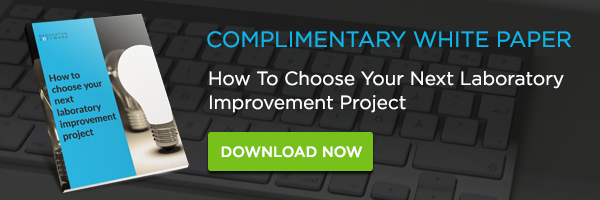
The purpose of quality is to ensure standards are maintained so that products, services and processes are effective and fit for purpose. Laboratories must maintain high quality standards to provide confidence in the data they supply to their customers. A laboratory information management system (LIMS) can facilitate the implementation of quality standards, and we have highlighted below the best LIMS features for quality.
Audit Trails
Audit trails provide a full history by logging actions against a user, date and time. This is a great feature for any system. It gives you the ability to see who created, modified or deleted data, and why. From simple transcription errors to full out of specification investigations, the audit trail can capture these changes so that you can review test data effectively and ensure data integrity is maintained.
Specifications
If you’re a laboratory that tests products to specification, this feature is imperative. By storing product specifications in LIMS, test results can be automatically compared and assessed against limits. Flagging test results which are out of specification can prompt your analysts to conduct investigations immediately and reach resolution in a timely manner. In addition, specifications can be used to display on client facing reports like certificates of analysis, and as a lab manager interested in metrics, the number of out of specifications for a product is easily retrievable for management reports.
Investigations
Laboratories conduct investigations when anomalies occur during testing. Having the ability to record investigations in LIMS is a fundamental feature for any laboratory’s process. Analysts and Lab Managers who review and approve test results can see that an investigation was raised on a sample and if the investigation is resolved and closed. Some LIMS systems will provide third-party integration if you would like to connect your LIMS to an electronic Quality Management System (QMS). This will give you full investigation traceability and details to ensure your sample data has a complete record.
Trending
Analysing samples and recording test results is the routine task in a laboratory, and analysing multiple data points can become time consuming. Where LIMS is used, trending is a great feature to automate data analysis. Test data can be plotted on a chart to help you visualise the consistency. Where the laboratory is a supporting function to production, this could indicate variation in the manufacturing process. With trend data, the laboratory can raise investigations where test data appears out of trend, allowing you to catch early indication of possible out of specifications.






